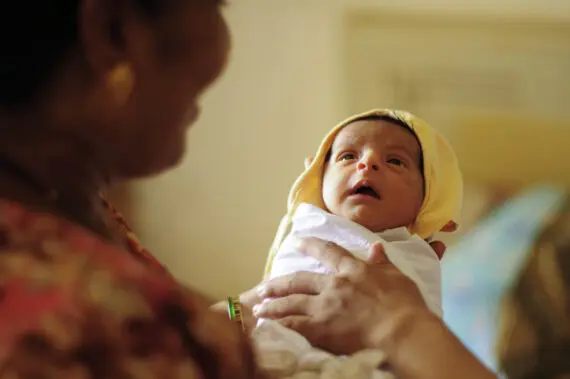This fact sheet looks at the prevalence of hunger and poverty in the United States in households headed by women.
This is one of the groups that Bread for the World recognizes as being especially vulnerable to hunger and poverty. Female-headed households are more than twice as likely as all U.S. households to face poverty (27.9 percent vs. 12.3 percent).
The fact sheet provides statistics and examines the factors that contribute to hunger and poverty in this community:
- Gender discrimination in pay, benefits, and employment
- Job segregation by gender and race
- Unpaid care responsibilities and high childcare costs
- Impacts of mass incarceration
- Gender-based violence


